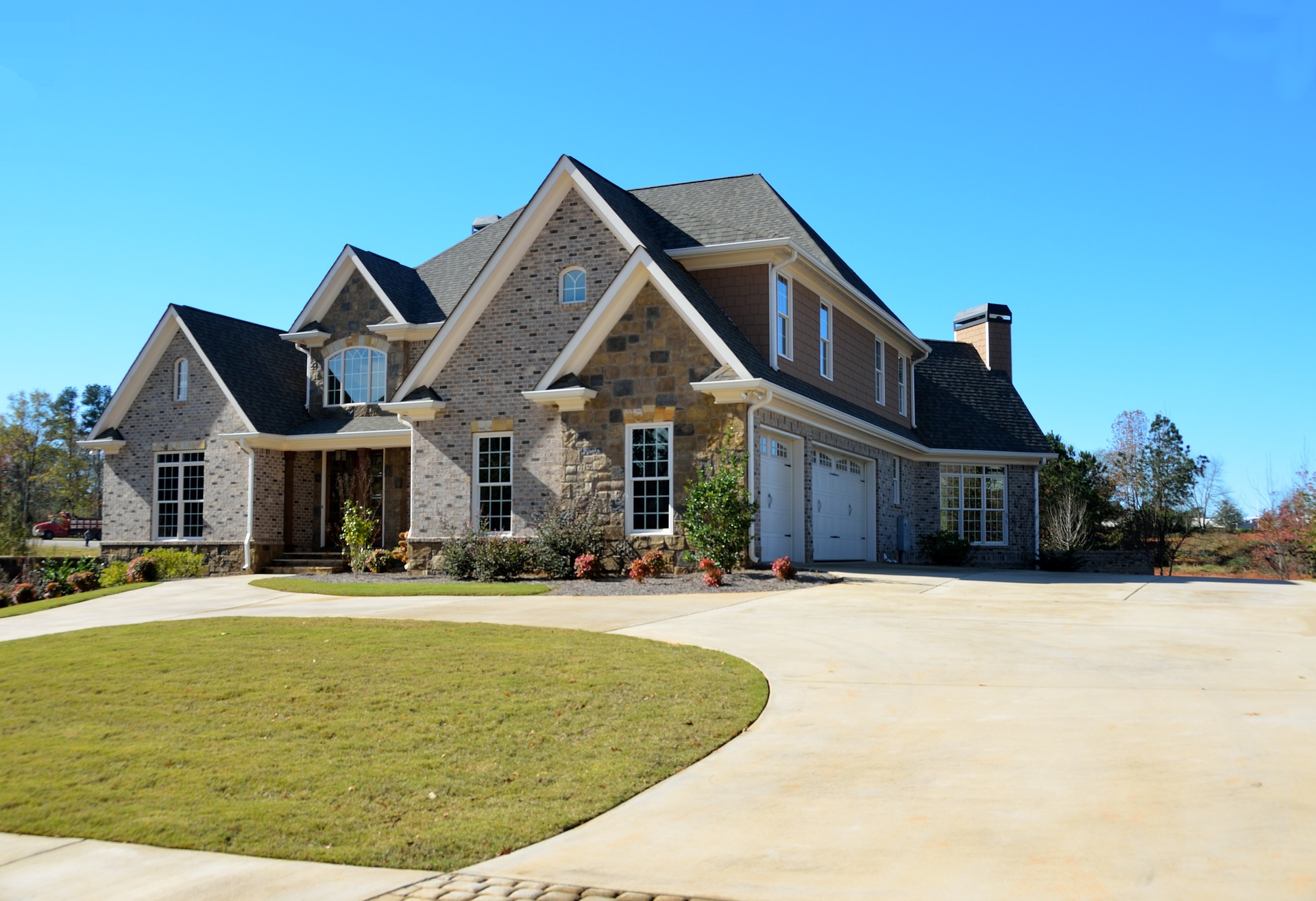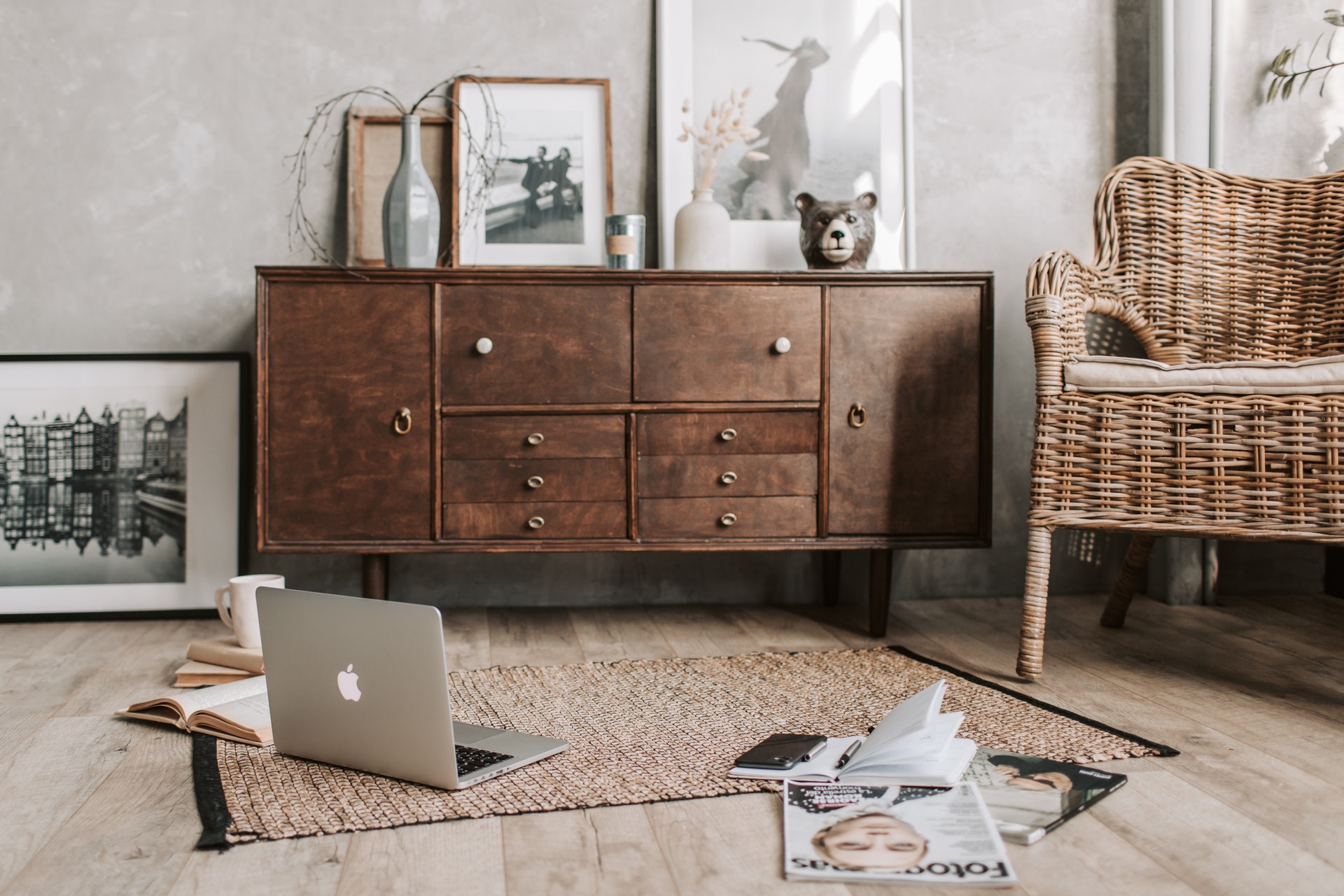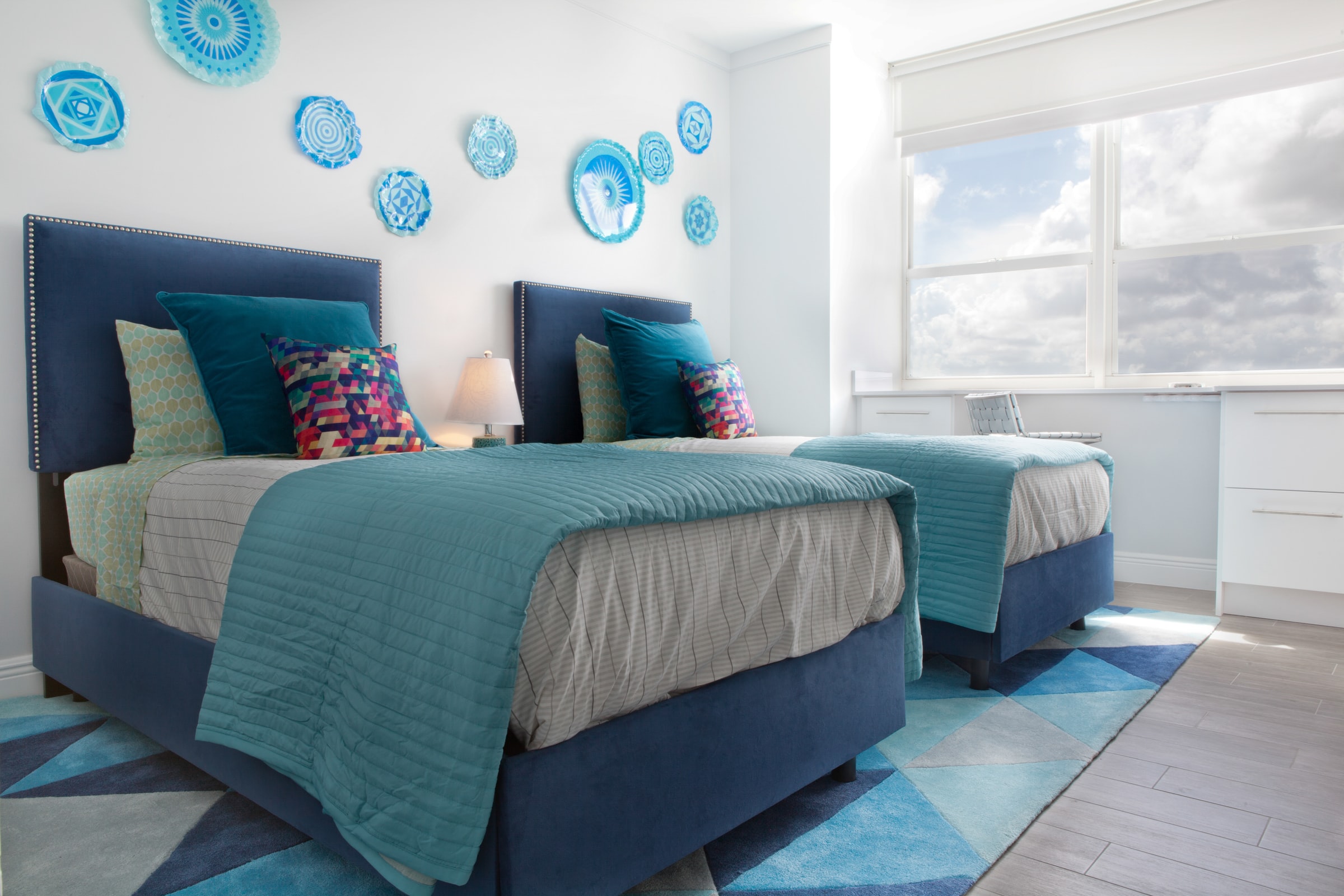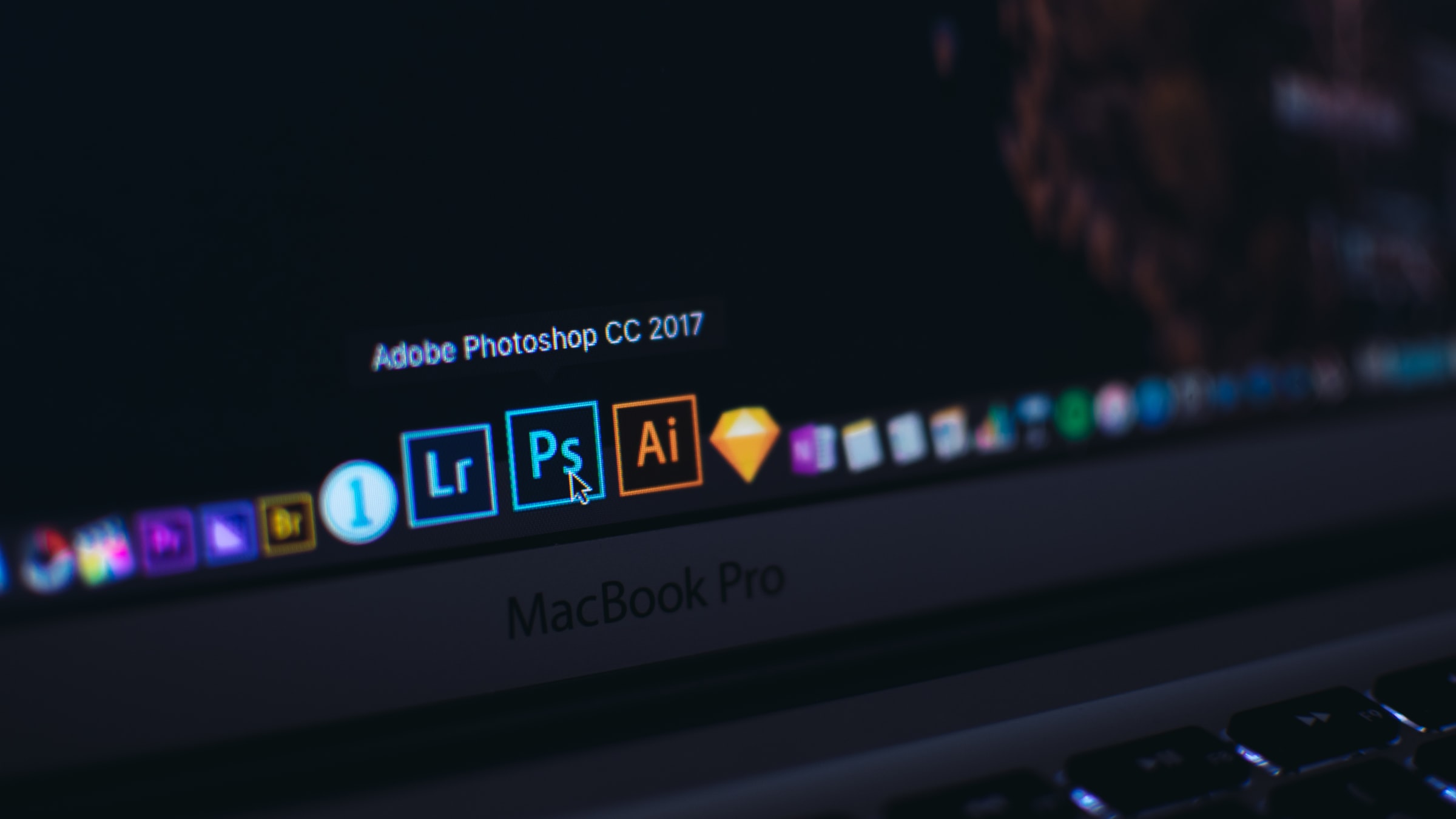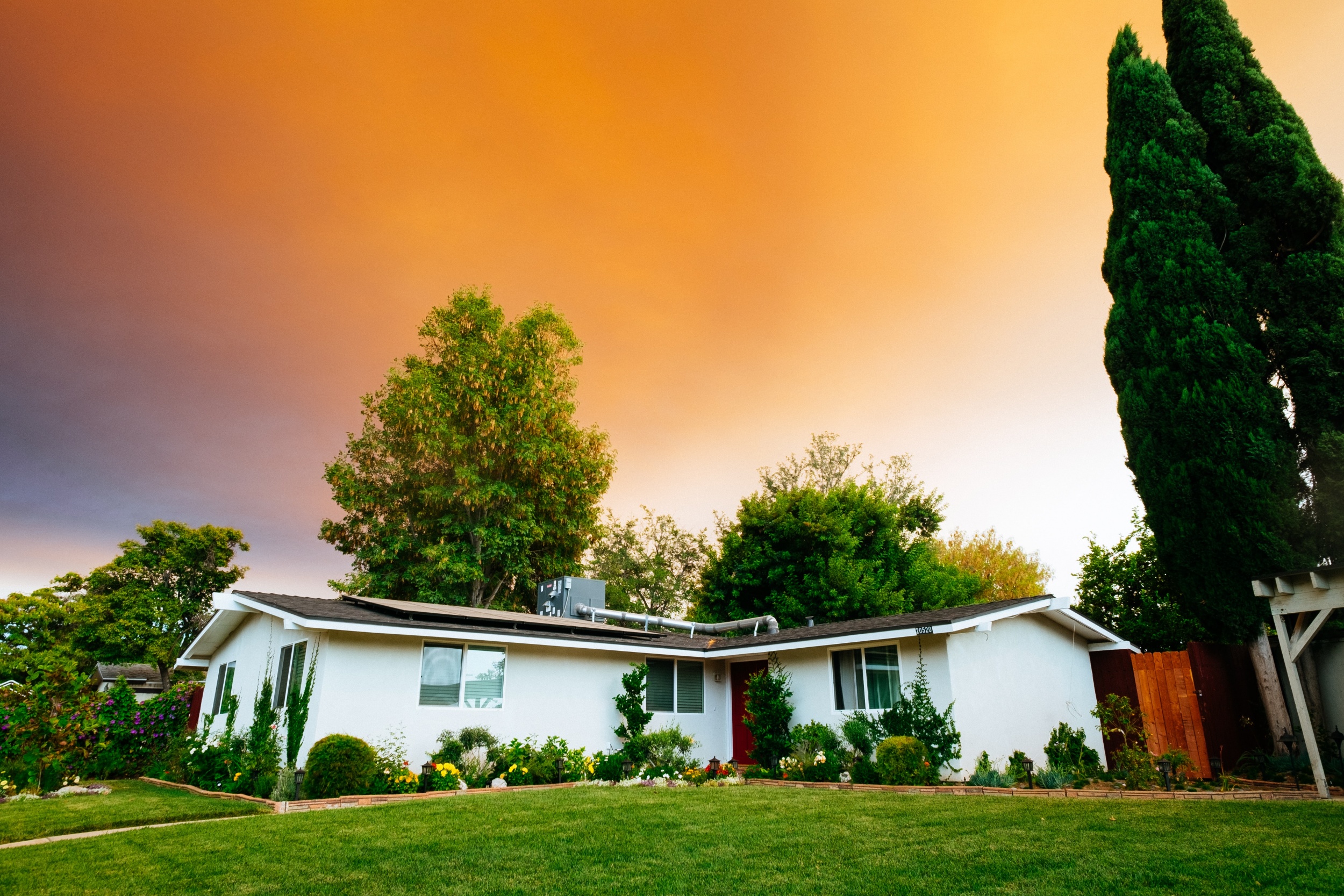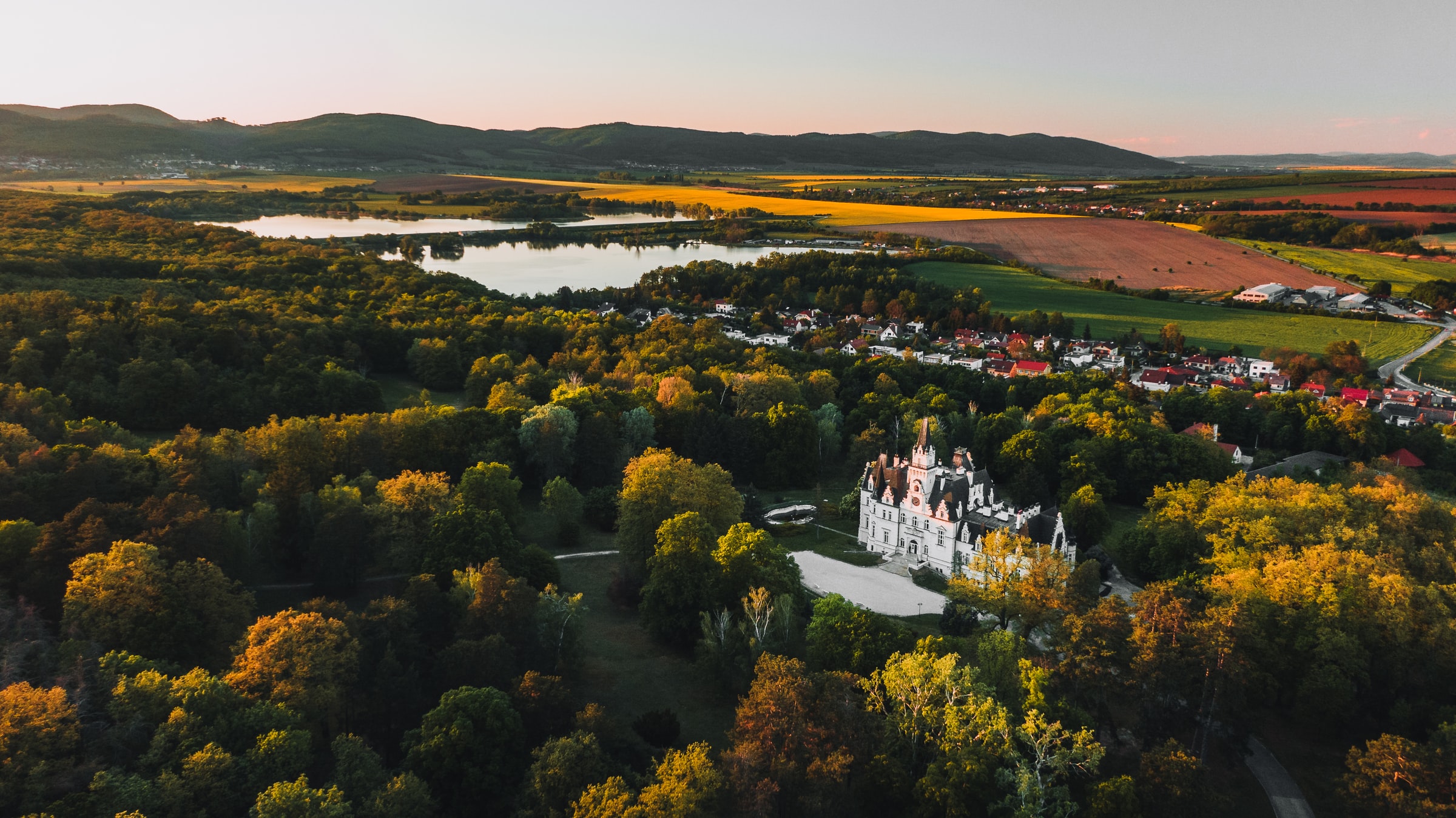As a photo editor, your career is not limited to using only existing editing software and apps.
It would be best if you were proactive in learning new editing tools not to be left behind as technological advancements change the photo editing industry.
Just like photographers who always make sure they get the best updates on their chosen niche, you must also keep up with the latest technology.
In general, you can use a photo editing software for almost all photography niches.
But in this article, let us focus on the popular real estate photo editing software used by photo editors.
Luminar 4
First on the list is the Luminar 4.
Developed by Skylum, photo editing software is one of the best in the industry, making it another editors’ favorite next to Adobe Photoshop.
Luminar is a universal application developed available for Windows and macOS. It works as a standalone application and as a plugin for Adobe and Apple products.
With this, you can freely use this software without worrying about integrations since it can be integrated with Adobe Photoshop, Adobe Photoshop Elements, Adobe Lightroom, and Photos for macOS.
Skylum’s Luminar 4 is its latest release and is technically a no-brainer for those who want to edit images right away.
However, for the savvy real estate photo editors, this tool is the “holy grail.”
Powered by Artificial Intelligence (AI), Luminar 4 quickly responds to your commands and suggests auto corrections for the images.
How cool is that? Do not be impressed yet because this tool can also be a plugin for Adobe and Apple editors like Photoshop 2020 and Lightroom.
At the same time, it also stands as a full-stack photo editor – create your unique images from scratch without using another software.
Aurora HDR
Next is Skylum’s other groundbreaking software – the Aurora HDR.
Aurora HDR provides real estate photo editors the best photo editing experience because it is designed explicitly for HDR shots.
Among its popular tools are the HDR Smart Structure, the HDR Microstructure, the HDR Clarity, and the HDR Denoise, which sharpen images without changing quality.
Aside from this, they are also used for softening and smoothening some details to maintain the photos’ natural look.
Here’s another catch! It has a LUT Mapping that adds the “movie look” to your apartment images.
Among the other features of Aurora HDR are the following:
- Supports batch processing that allows you to upload and adjust as many files all in one go.
- You can also use it as a plugin for Apple Photos, Adobe Photoshop, or Adobe Lightroom.
- Another standalone editing program.
Picturespeed
Picturespeed is best for business needs.
It is most known for delivering processed pictures for commercial use because its “true-tone” technology eliminates overexposed areas.
It also supports batch processing and uses AI algorithms that make auto-corrections.
Are you fond of aerial photography?
If yes, this tool can also help you save time when editing drone shots.
Using the automated Aerial Image Enhancement, you can get rid of undesirable haze and add contrast to the photos without sacrificing the quality.
Adobe Photoshop and Lightroom
Last on the list is every real estate photo editor’s first tool – Adobe Photoshop and Lightroom.
These tools are excellent in doing quick fixes to images, giving you practically every filter and preset you need to create stunning final photos.
Developed by Adobe Systems, Photoshop and Lightroom are similar to others, except for some editing aspects.
For example, Lightroom is best for RAW shots, while Photoshop can process any image file format.
Moreover, both tools are available for use in Windows and macOS.
So, those are the four sought-after real estate photo editing software you need to elevate your editing career this 2020.
Mastering each one should not be challenging, especially if you already know the basics. It is only a matter of familiarizing yourself with how each feature works from one software to another.
Take your time; learning is not a race. In the end, what matters is you know how to use each one.
